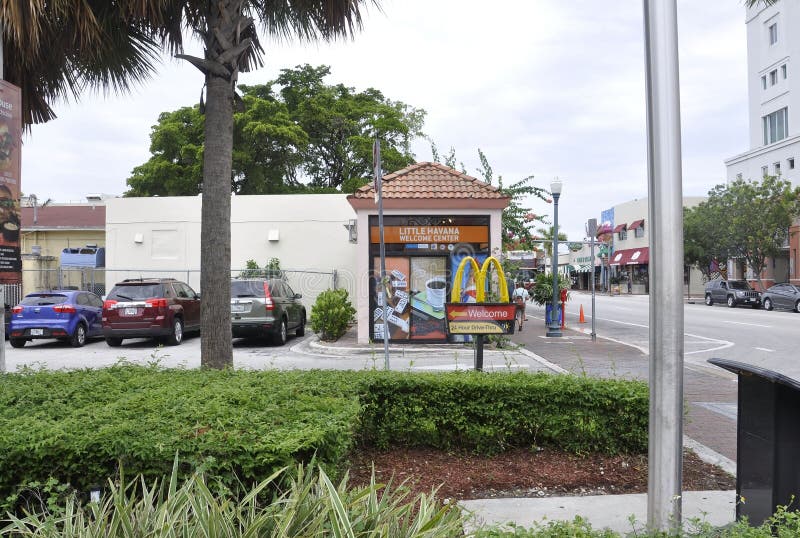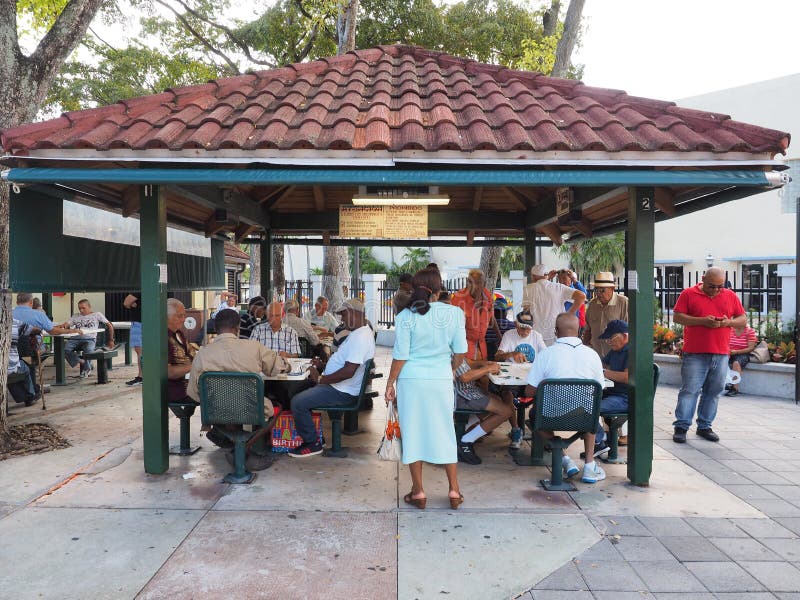

Here the members know it, they participate not only in the games but also in the infinite narratives of tourists as they pass through our city. Multitudes of tourists come daily whether on tour buses or on their own. Its second function would be that of a tourist attraction, representative of Little Havana as well as all the Antillean migrations to the United States mainly to its east coast. They can come out in any season of the year and there are also tables where they can play a game of chess. They can gather and come together through the game in proper environment. The first is to provide its elderly neighbors a public space, out in the open, designed and conditioned to their wants and needs. One could say that today Domino Park serves two primary functions. Wagered games are not allowed and you are to respect the park.

The park is reserved for those who are 55 years old and older and to participate in the games you must have a membership card. It is more than a simple tile game it is where you keep a strong sense of pride, not so much in the personal sense but in the collective, the cultural sense. It is a heritage passed down by our elders this game that has been around for centuries and crossed an ocean to come here identifies us.

It was the Italian sailors who brought the game back with them to Europe and in the 19th century the game of Dominoes, as we now know it, was spread across the European continent and then brought here. It is assumed that it was the Chinese who originated this tile game that dates back to the 1100’s. It is here in this park where a strong Caribbean tradition is kept alive that is more than just a game. It is also said that over these domino tables many discussed and developed plans to remove Fidel from power, but without the help of the CIA. It is said that if he was not the first president of Cuba, it was because he chose not to be. Fidel Asis of The Havana Collection with his collectors piece you can find in El Callegon del Galloĭomino Park is named after Generalissimo Máximo Gómez who having been born in the Dominican Republic, had lead the Cuban rebel forces next to Jose Marti when Cuba gained its independence from Spain. Since then it has had a couple of face-lifts and make-overs which in reality have not really affected it because the park always looks the same. It was then incorporated into the City of Miami in 1976. It was founded by a group of Cuban ex-political prisoners after the Bay of Pigs Invasion (in 1961) over what was once an empty parking lot. In the very heart of Little Havana, on Southwest 8 th Street and 15 th Avenue, between the Tower Theater and McDonald’s. Máximo Gómez Park is better known as “El Parque del Domino” or "Domino Park". and let’s not forget the palm trees… A relic among relics, one of the fundamental pillars in the creation of a Latin Quarter here in the City of Miami back in the 60’s and 70’s.

If we close our eyes and try to create images of Little Havana, it will be there, the domino tables, the players congregating – for the most part men of an advanced age, in their Guayaberas, with their hats and cigars. There are places where it would seem that time has stood still, everything has remained the same. The mere history of our neighborhood in its fluctuating state.


 0 kommentar(er)
0 kommentar(er)
